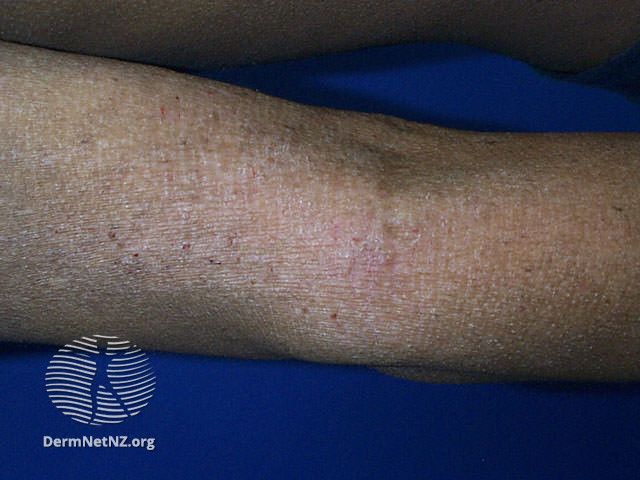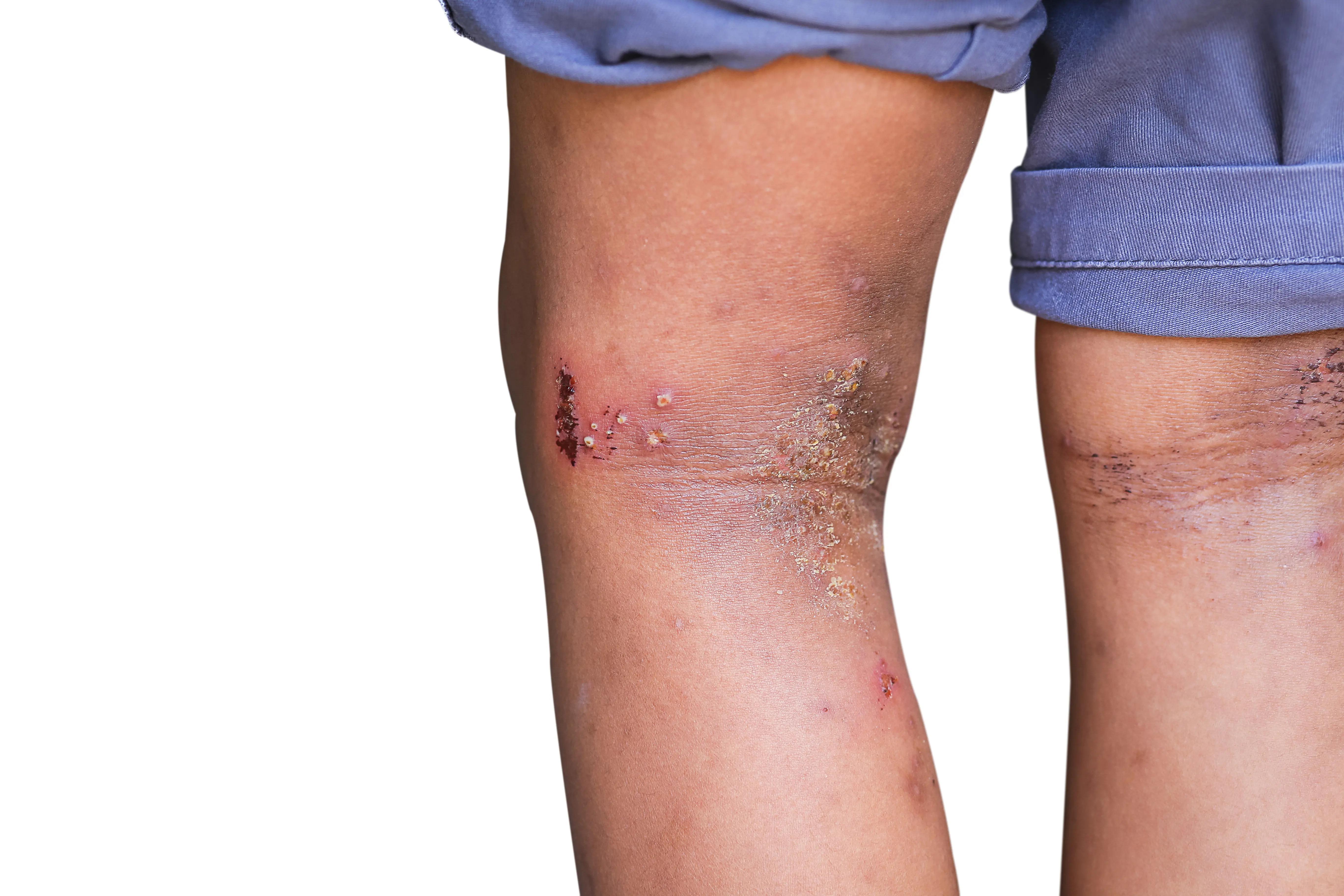- Case-Based Roundtable
- General Dermatology
- Eczema
- Chronic Hand Eczema
- Alopecia
- Aesthetics
- Vitiligo
- COVID-19
- Actinic Keratosis
- Precision Medicine and Biologics
- Rare Disease
- Wound Care
- Rosacea
- Psoriasis
- Psoriatic Arthritis
- Atopic Dermatitis
- Melasma
- NP and PA
- Skin Cancer
- Hidradenitis Suppurativa
- Drug Watch
- Pigmentary Disorders
- Acne
- Pediatric Dermatology
- Practice Management
- Prurigo Nodularis
- Buy-and-Bill
News
Article
The Gray Area: A Challenging Case of AD in an Older Patient
Author(s):
What would you suggest or prescribe for these AD symptoms in a 68-year-old man? Test your knowledge and take a look at new data on AD in older patients.
Mr George Johnson is a 68-year-old retired preschool teacher who presents a persistent pruritic rash, and a history of recurrent cardiovascular events, including a myocardial infarction 2.5 years ago. He reports a history of atopic dermatitis that has been relatively well controlled until recently; the itching has become more irritating, and he reports sleep disturbances as a result.
Physical examination reveals tractable facial erythema and lateral eyebrow shedding (Hertoghe’s sign). Lichenification is evident on extended sides of the elbows and knees. The patient's skin appears generally dry.
In managing Mr Johnson's AD, which of the following would be appropriate?







